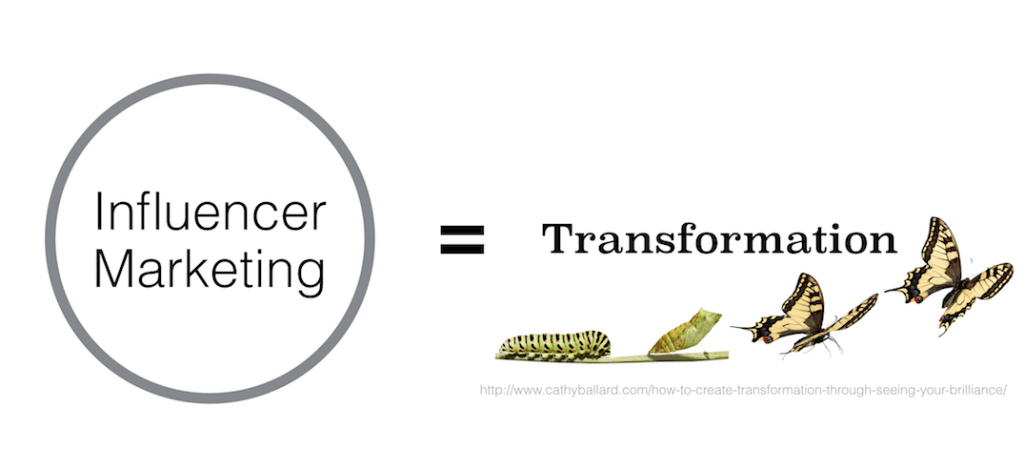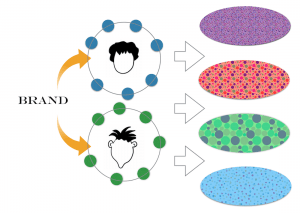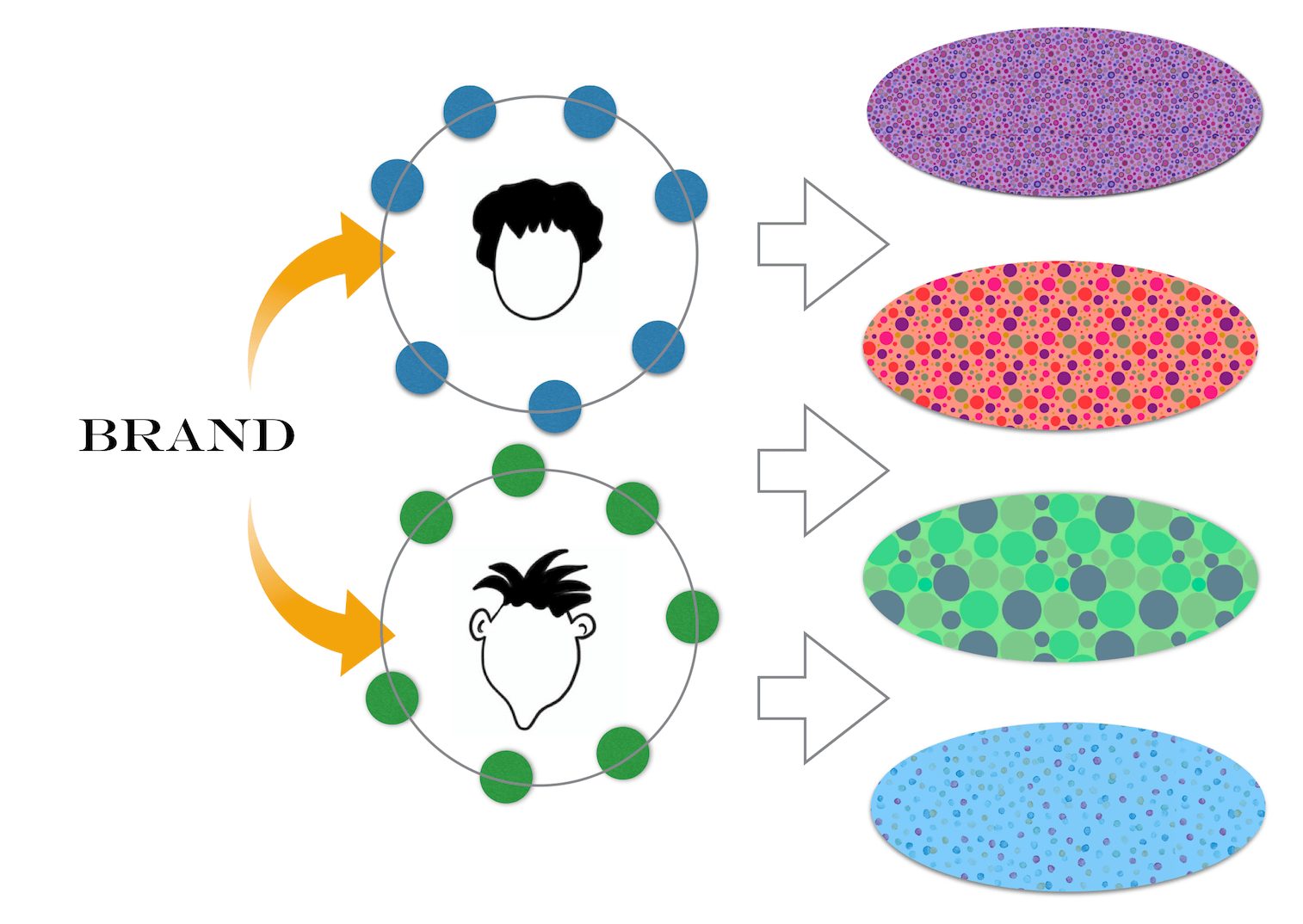Marketers everywhere are now getting on the Influencer Marketing (IM) bandwagon. However, many (most) brands are still stumbling along in the process, giving little attention, providing small budgets and handing it off to the intern or maybe an agency to manage. But, there are some brands that are getting more sophisticated with experience. Certainly, it also depends on the brand, especially the boss and the company culture.
The challenges of Influencer Marketing
I used to work at L’Oreal in the Professional Products Division (selling to hairdressers). At the time, certain brands were arguably exercising an early version of influencer marketing, without knowing that’s what they were doing. Depending on the brand, it would be about managing VIP hairdressers. The smarter managers would consider VIPs as those who weren’t necessarily the biggest buyers, but who held the biggest sway. However, pre-Internet, sway usually meant access to the press (or taking care of the hair of mega stars). In the professional hairdresser world, where hairdresser shows are a big deal, those who performed in front of their peer hairdressers were absolutely influencers. Today, influencers don’t even have to be clients. Today's influencers are and run their own media. Share on X
There are many challenges for getting an influencer marketing strategy off the ground, including:
- aligning the influencer marketing programme to the company’s main strategy
- finding the right influencers for the right objectives
- recruiting the right influencers with the right motivations
- setting and maintaining expectations on both sides
- finding the best team (and establishing the right competencies)
- learning how to manage the influencers over time
- crafting and maintaining a personal tone to engage with individual influencers… no matter who is connecting with them in the organisation
- opening up the kimono (i.e. allowing access to behind the scenes)
- figuring out how to measure the cost/benefit of one’s influencer marketing programme
- getting the whole company on board with the programme
- …

It all amounts to a set of different questions and problems than organisations are used to solving. That’s why success at influencer marketing is not an easy feat. A powerful influencer marketing programme requires a very different mindset than the traditional ROI-led, push attitude. At the heart of the transformation, as well documented in this Influencer 2.0 report by Brian Solis (with Traackr), the process is about moving from a brand-centric to a customer-centric approach. Another way of expressing it: move from a product-centric approach to a customer and people-centric approach Share on X
How personal is the influencer relationship?

In business, one of the challenges of any influencer programme is learning how to herd the cats (aka the influencers). That’s to say, influencers can often come with oversized egos and/or have oversized options and responsibilities to impact the business. One company I ran across has an anti-diva policy with its influencers. When managed poorly, especially when the relationship turns sour, an influencer can become a serious detractor. Insofar as finding, recruiting and engaging with an influencer is a matter of relationship building Share on X it must be considered differently than just another person in the CRM chain. Companies thus need to figure out how to customise and personalise the relationship, to make sure that the influencer feels the benefits of belonging. At scale, this becomes a intricate question of human resources. How many [influencers’] hands can your IM team hold? And how far should an influencer relationship go? Should the community manager be accepting friend requests on Facebook and Snapchat? What about on private Instagram accounts?
The sunsetting of an influencer

A second significant problem is how to sunset the influencer relationship. If a strong influencer-brand relationship resembles something closer to a marriage (albeit between an institution and an individual), when it comes to parting ways, very few such marriages end well.
How to divorce your influencer when your brand has decided that the relationship is no longer of value?
As far as I am concerned, the answer comes in the set up. If the expectations have been well set out in the first instance, including how and when the ‘partnership’ will end, then you are giving the best odds of avoiding a messy ending. Some brands choose in advance to set up the relationship as a yearly, extendable contract. There is no single recipe for success. Of course, some relationships will end naturally and quietly. But for many, where influencers can become embedded in the fabric of the company (e.g. in R&D, client engagements, social virality…), the extraction of the influencer becomes all the more tricky. As with divorce in marriage, it’s better to agree to the terms of dissolution when the times are good. Any strong influencer marketing programme should henceforth include a sensible end clause. Share on X Otherwise, the divorce will get ugly.
Any thoughts?











